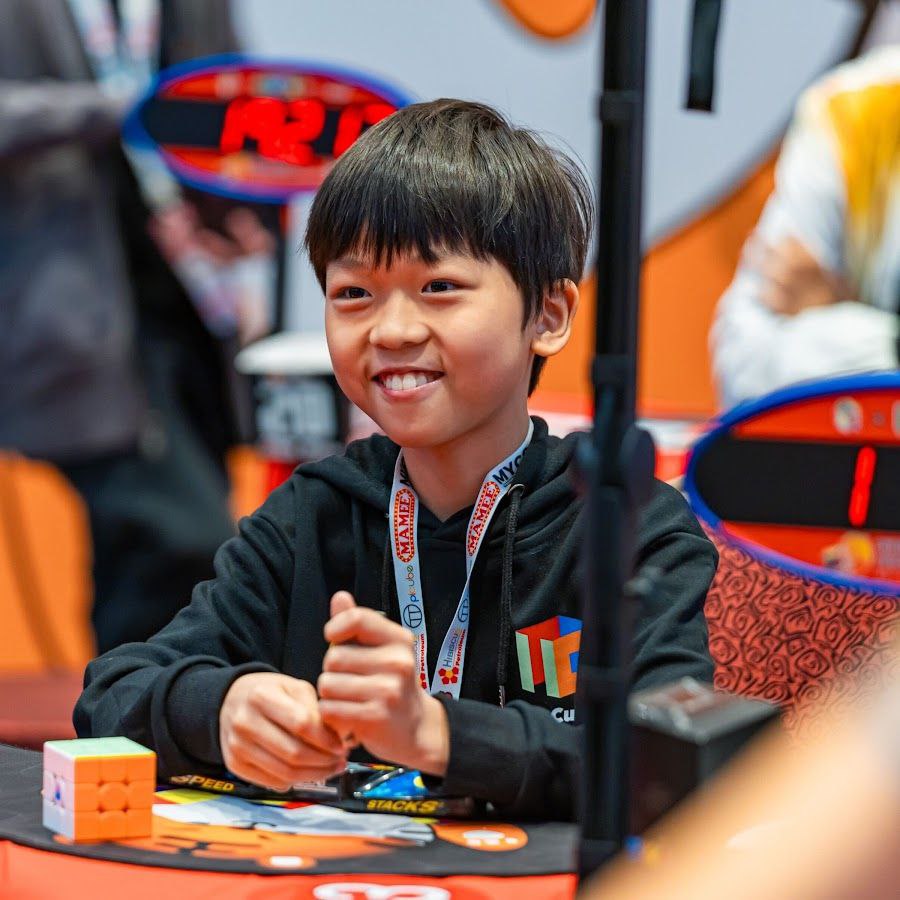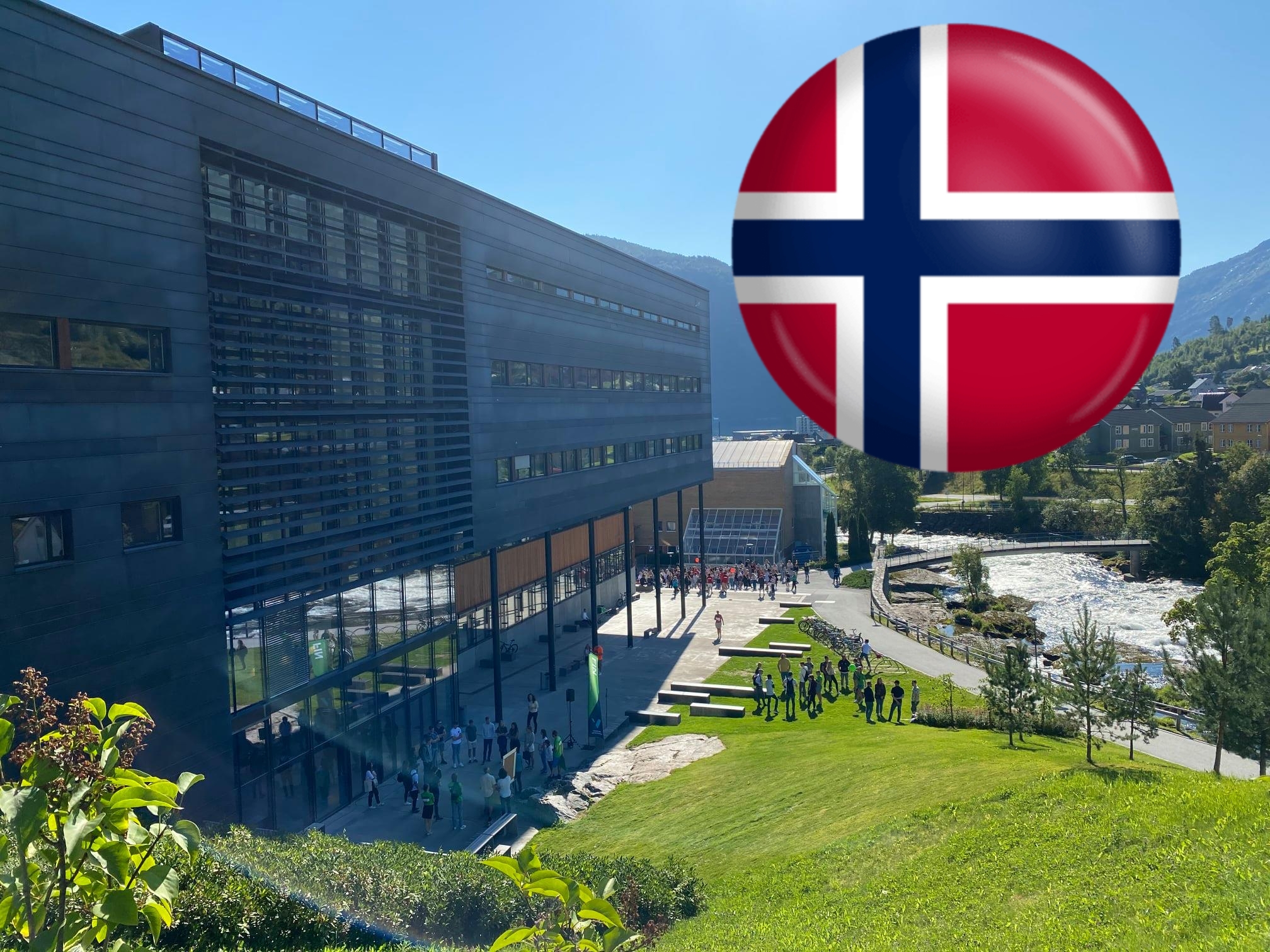🌱 A Bonsai That Lived Through History
Some bonsai trees live over a century. A few live for hundreds of years. But one remarkable bonsai not only lived through centuries it survived one of the most devastating events in human history.
Planted in 1625, this tree is now nearly 400 years old. Even more incredible, it survived the atomic bombing of Hiroshima in 1945.
💥 August 6, 1945: A Day of Destruction
On that day, Masaru Yamaki, a skilled bonsai master, was at his home just two miles from ground zero when the U.S. dropped the atomic bomb on Hiroshima. Over 100,000 lives were lost, yet Yamaki, his family and his bonsai trees somehow survived the blast.
One of those trees, shaped with care for generations, is now part of the U.S. National Bonsai and Penjing Museum in Washington, D.C.
🇯🇵 A Gift of Peace from Japan to the U.S.
In 1976, Yamaki gifted the ancient tree to the American people as part of a Japanese bicentennial tribute. However, the tree’s Hiroshima connection wasn’t known until 2001, when Yamaki’s grandsons visited the museum and quietly revealed the truth.
The tree had been part of their family for six generations. Its survival was nothing short of miraculous.
“To even donate one was special and to donate this one was even more special,” said Jack Sustic, former museum curator.
🕊️ From Secret to Symbol
For years, the museum didn’t mention the tree’s connection to Hiroshima. But by 2015, as the 70th anniversary of the bombing approached, a small plaque was added to honor the bonsai’s powerful story.
One college visitor said it best:
“It’s a lot about forgiveness… Donated as a sign of friendship that’s incredible.”
🎨 Bonsai as a Meditative Art
Beyond its survival, the bonsai represents the art and spirit of bonsai itself. The centuries-old practice requires patience, vision, and care.
“You look at it and instantly see something incredibly beautiful,” said Michael James, a research technician at the museum.
“It’s peaceful, meditative, and appreciative of nature.”
Each branch, bend, and leaf is intentionally shaped. Generations of hands guided this one tree across centuries and it still grows today.
💬 Final Thoughts
This bonsai is more than a plant. It’s a living witness to history, a survivor of war, and a symbol of peace between two nations.
From the ashes of Hiroshima to the quiet halls of the National Arboretum, it reminds us that beauty, resilience, and friendship can grow even from devastation










Leave a Reply